Recently, on the Facebook group Vietnam Wildlife, which has over 11,600 members, a post by a member named Pham Van Thong shared two photos of a large bird that fell in Na Mèo Village, Quan Sơn District, Thanh Hóa Province.
The post quickly garnered a lot of attention from group members. According to the person who posted the images, locals voluntarily transferred the bird to a rescue center for treatment as it was in a very weak condition (See the images below).
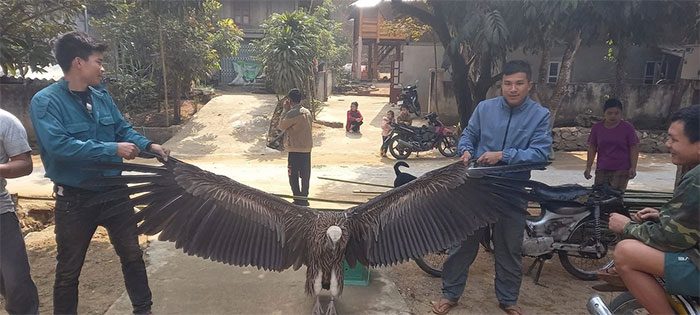
The bird that fell in Na Mèo Village. (Photo: Pham Van Thong)
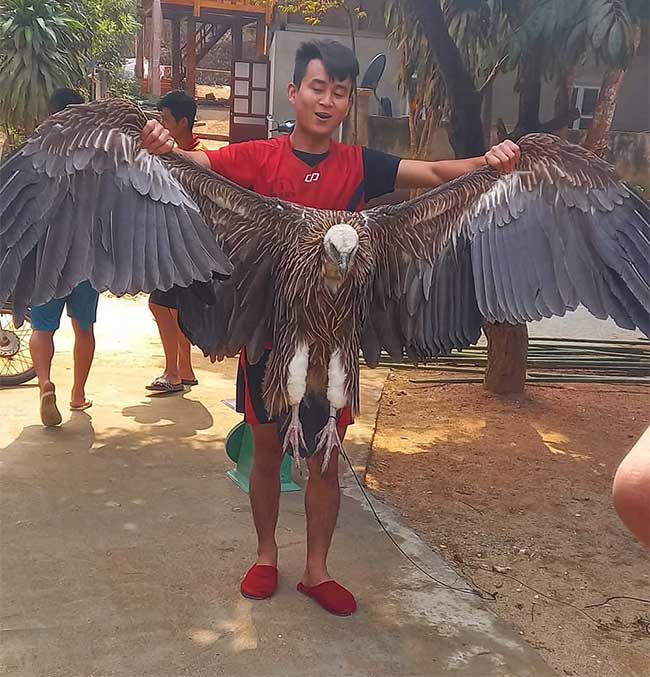
The wingspan of the bird is quite impressive. (Photo: Pham Van Thong)
From the images, many group members could immediately identify it as a vulture. However, this species is believed to be extinct in Vietnam, as there have been no sightings for a long time.
In fact, there were two species of vultures that once existed in Vietnam: the Long-billed Vulture (scientific name: Gyps tenuirostris) – a subspecies of the Indian Vulture, and Bengal Vulture (scientific name: Gyps bengalensis), both of which used to inhabit the South Central region (According to Vncreature.vn).
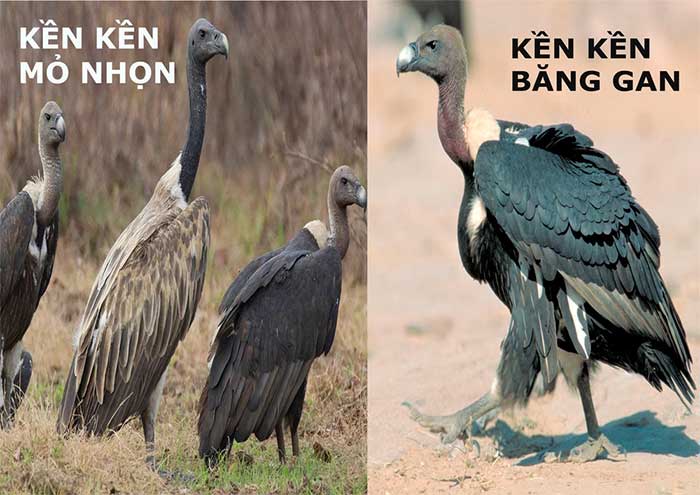
The two species of vultures that once lived in Vietnam. (Edited by: Thành Luân)
Among them, the Bengal Vulture is the rarest species in Vietnam, while the Long-billed Vulture is also very rare and scientifically valuable. Both species are no longer present in Vietnam, making the appearance of a vulture in Na Mèo Village a very rare event.
However, the vulture that fell in Na Mèo Village is not one of the two species mentioned above because it has a white head and legs. Instead, this vulture resembles the Griffon Vulture (scientific name: Gyps fulvus).
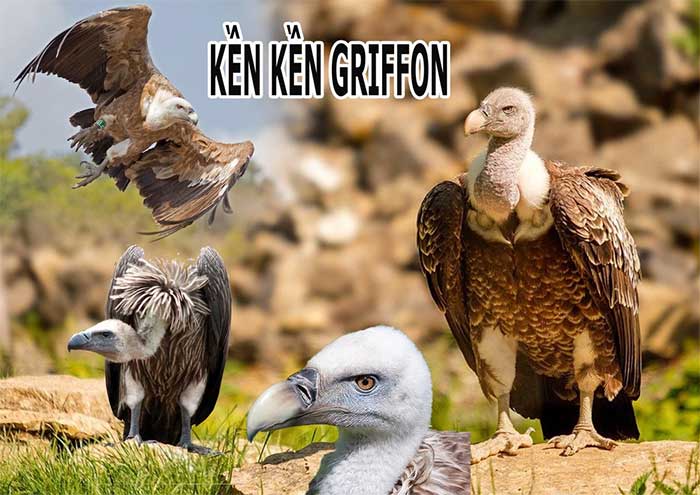
Griffon Vulture. (Edited by: Thành Luân)
The Griffon Vulture is a species that can grow to a length of 93–122 cm with a wingspan of 2.3–2.8 m, characterized by its white head and neck, very wide wings, and short tail feathers. This species is widely distributed across both Asia and Europe.
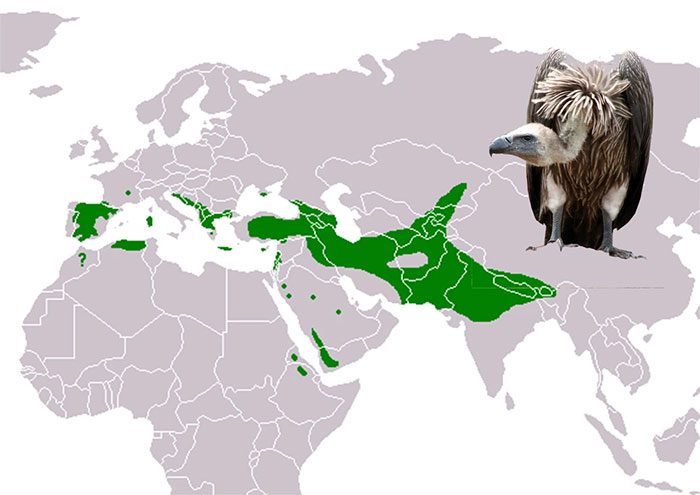
Distribution area of the Griffon Vulture.
This bird typically migrates over long distances, scavenging for carrion along its journey. The Griffon Vulture builds its nests (laying only one egg) in rock crevices on cliffs far from humans and other animals, and they can live for over 40 years.




















































